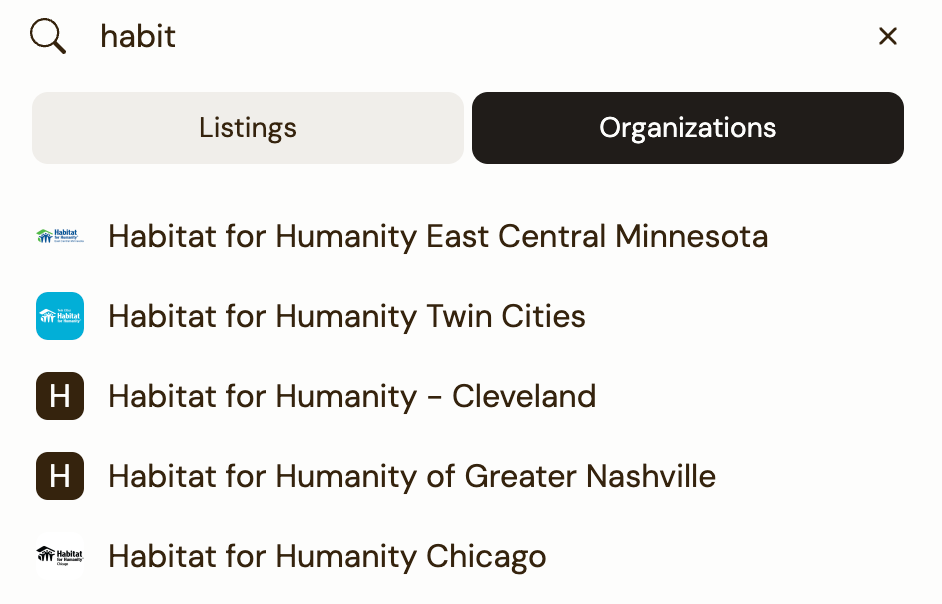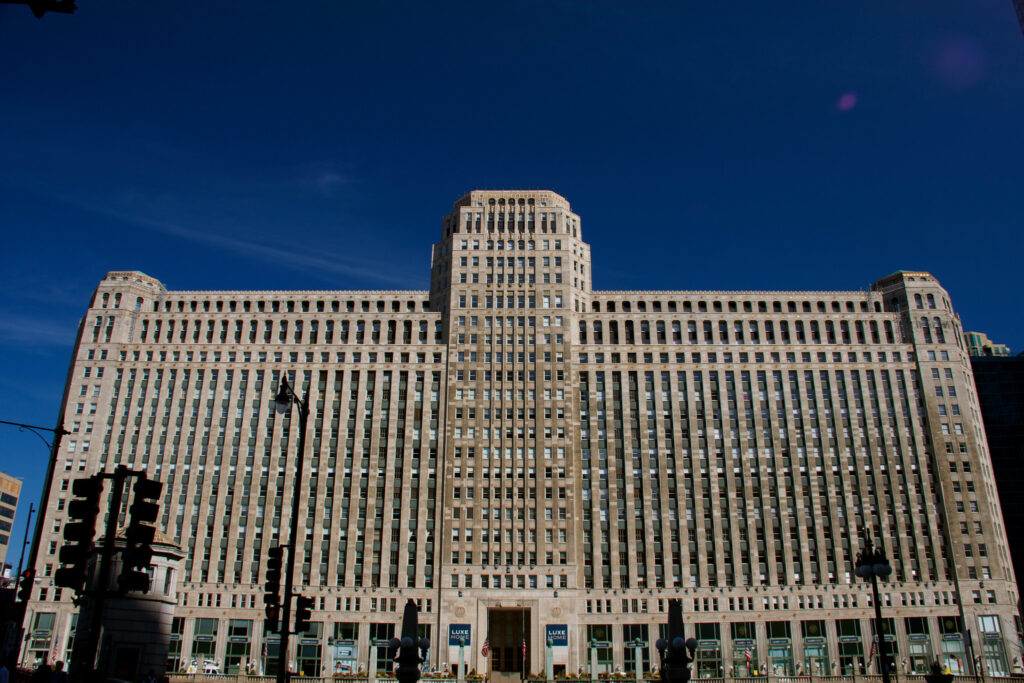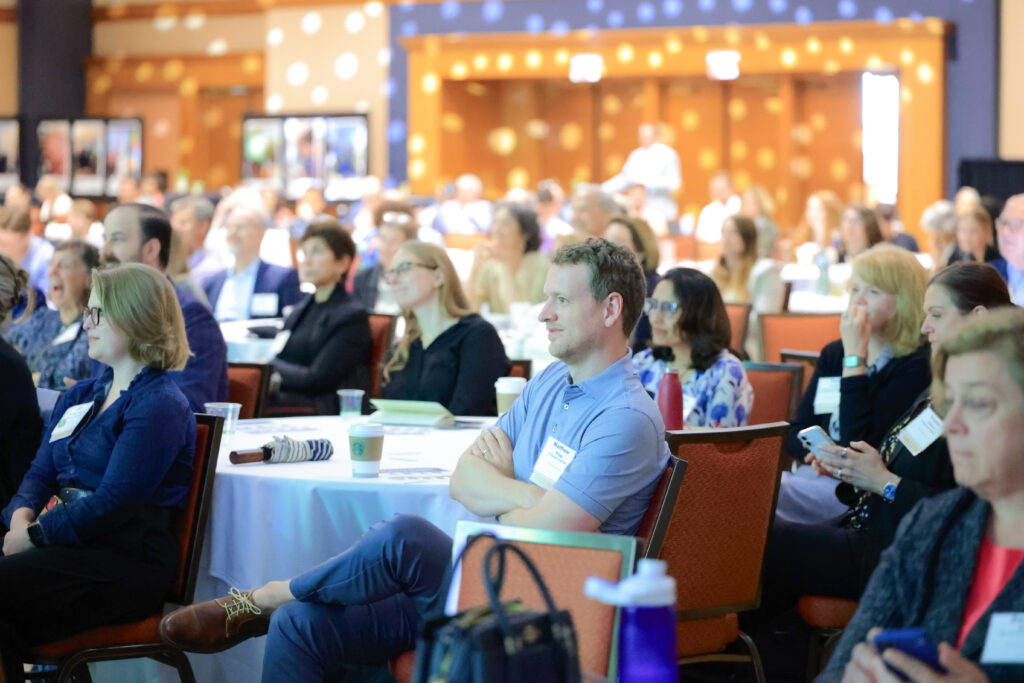In the bustling landscape of the U.S. construction industry, the need for transformative change is undeniable. This sector not only represents a significant economic force but also carries a substantial environmental footprint, contributing between 11% and 14% of the nation’s greenhouse gas emissions. The economic pulse of construction beats at nearly $2 trillion annually and is poised to reach $2.7 trillion by 2030. Delve into the intricacies of the built environment, and we uncover that 23% of the U.S. waste stream is composed of construction and demolition (C&D) waste, highlighting the urgent necessity for circular solutions.
Embracing circularity in the built environment
There is tremendous potential to reshape this sector, driving sustainability and economic value. The U.S. construction industry often overutilizes materials, with estimates suggesting a surplus of 15%-25% beyond structural requirements, and an impressive 40%-60% of materials used can be reused after their initial life cycle. These statistics underscore the vast opportunity to transition towards circular models that prioritize modularity, durability, and disassembly while reducing carbon emissions. LEED v5’s focus on salvaged materials provides yet another catalyst for action.
The Ellen MacArthur Foundation’s insightful analysis, published in April of 2024, suggests that circular economy initiatives within the built environment can yield substantial economic value, ranging from $575 billion to $1.1 trillion in the U.S. alone, while concurrently curbing greenhouse gas emissions by an impressive 295 to 538 million tons of CO2 equivalent. This value is unlocked through strategic design interventions that minimize raw material consumption, promote reuse of carbon-intensive materials like steel, and divert materials from landfills to more productive use.
How to apply the circular economy in construction
Understanding how much value is possible is only part of the solution. We need to translate these insights into actionable ways that architecture, design, and construction firms can integrate salvage assessments and reuse adoption into their existing project workflows.
This is where most firms find themselves today. How do we start? Do we have to develop a strategy from scratch? There’s so much we could do, but with limited resources, how do we prioritize impact? Thankfully, bold organizations are laying the groundwork for the rest of the industry to learn from and make their own. In the Big Apple, we see collaboration at the highest level between the New York City Economic Department Corporation (NYCEDC) and the Mayor’s Office of Talent & Workforce Development. In February, NYCEDC launched the Clean and Circular: Design & Construction Guidelines as part of NYC’s decarbonization efforts.
The Circular Design & Construction Guidelines will be implemented across all NYCEDC capital projects beginning in 2024, driving demand for lower carbon construction across NYCEDC’s $9 billion capital portfolio. The Guidelines will support upskilling across design and construction companies and outline a new set of standards NYCEDC will expect from partners to drive cleaner and more circular projects to completion.”

NYCEDC
Actionable ways to incorporate circular practices into your firm’s projects:
1. Reuse workshop: Make informed decisions on material selection through stakeholder workshops during the conceptual design phase.
2. Circularity audit: Assess existing assets, site conditions, and material inventories to identify opportunities for reuse during the schematic design phase.
3. Management plan: During Preliminary Design, develop comprehensive end-of-life strategies and change management plans to optimize operations and maximize the project’s reuse potential.
4. Activate inventory: Integrate salvageable materials identified in audits into new designs or projects, activating the loop of the circular economy.
5. Reuse consulting: Engage reuse experts to track progress, advise on salvage decisions, and incorporate circular design principles throughout project lifecycles.
6. Demand network: Leverage platforms like Rheaply Marketplace to donate or sell salvaged materials that aren’t utilized in the project, extending their lifecycle and reducing waste. Consider donating to an organization in need. You can now conduct a search for organizations like Habitat for Humanity directly on Rheaply.

By embracing these circular economy practices, architecture, design, and construction firms can not only drive tangible environmental benefits but also unlock significant economic value. Begin weaving circularity into every phase of project development, from conceptualization to execution to pave the way towards a more sustainable built environment and a brighter future for generations to come. Let’s seize these opportunities, implement actionable strategies, and collectively steer the construction industry toward a circular paradigm. Together, we can build a future where sustainability and economic prosperity go hand in hand.


